Spooky Tips for Stronger Brand Storytelling
October 25, 2017Has your brand’s content turned into the walking dead? Bring your storytelling back to life this Hallowe’en, with tips from spooky literature.
When most of us think of the creepy, kooky October holiday, an array of colorful thoughts pop into mind: candy, trick-or-treaters, fireworks, and questionable costumes on adults and long-suffering pets. But growing up as pre-Internet kid, my entire month leading up to Hallowe’en was about watching scary movies, reading scary books, and generally scaring the pants off myself.
Brand loyalty is rooted in great storytelling, and horror literature has storytelling on lock. From creepy campfire tales to psychological thrillers, scary stories are the ultimate engaging content — and there’s a lot that SMB marketers can learn from them. After all, it’s common for FUD (fear, uncertainty, and doubt) to play a central role in marketing strategies and content creation.
So join us, if you dare, in our pre-Hallowe’en trip into the spooky side of storytelling. Bring a flashlight!
How horror uses storytelling to hook audiences
Why do we like to get scared? There are countless theories on the subject. Even though we don’t want the character to go down to that basement, we also really want them to do it. The sensation of goosebumps on skin, hair rising on the back of your neck, and shivers running down your body gives us a rush, and makes us almost powerless to stop turning the pages.
So how exactly do scary stories accomplish this crazy level of engagement? Through the same types of storytelling tools that you can (and should) use in your marketing strategy.
Common storytelling tools in horror fiction:
- Captivating language to enthrall readers
- Playing on the reader’s fear(s)
- Making the reader question what they believe
- Tapping into emotional, psychological, and physical reactions to incite action — continuing to read
Although they sound dark and ominous, these tools are highly effective in great content marketing! Many customer pain points are worries or fears about a specific problem. Their great desire to find help solving their issues is what leads them to you. You definitely want your content to enthrall them, and leave them feeling reassured and motivated to click on your CTA, download your eBook, subscribe to your newsletter, and make that purchase.
10 scary stories and what they can teach marketers
Within the creepy-crawly depths of horror fiction sub-genres lie tons of helpful tips that you can use to improve your brand’s storytelling. Let’s look at ten chilling types of scary stories, and how each of them can be applied in your marketing strategy.
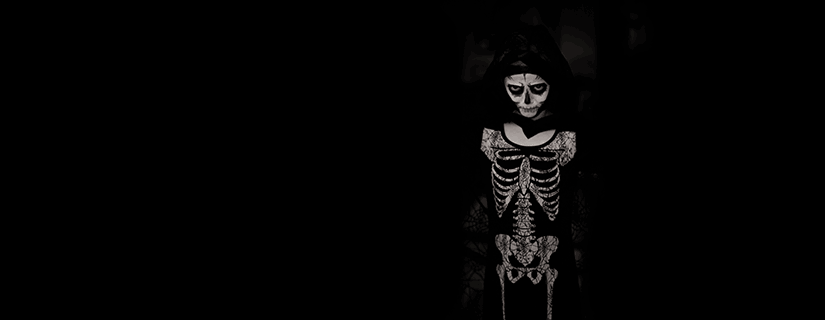
1. The “BOO!” surprise
Nothing gets your heart rate going like having something jump out at you from the shadows. Obviously you don’t want to startle potential customers into running away screaming, but you should definitely use bold headlines and visuals that leap out at them and grab their attention. Ask a question. State a fact. Make it impossible not to click and learn more.
Concise, catchy copy, quality images, and engaging video have that thumb-stopping power, make you stand out among the content noise. Once you have your reader’s interest, you can reel them into your stellar narrative.
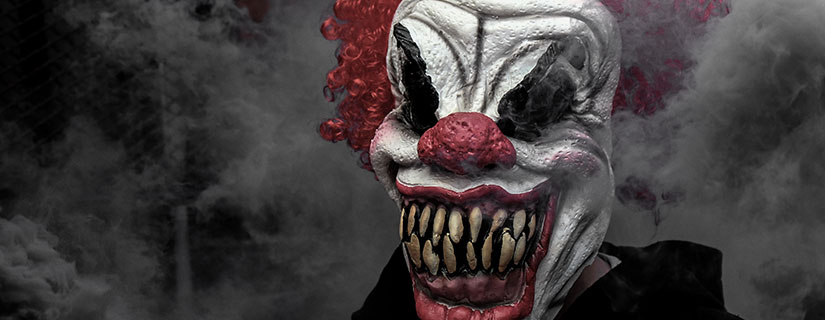
2. The scary monster
From swamp creatures and zombies to werewolves, things that go bump in the night are definitely terrifying. So are negative statistics that inform us about something we’re doing wrong in our practices, or something that could be harming our business.
Educating your readers on what the big, scary things are within your industry, and what they can do about them — presumably with your help — will position your business as trustworthy experts. Whether you’re writing about cybersecurity threats or mistakes brands make in SEO that hurt their rankings, helping your customers battle the monsters will put you in the role of the hero.
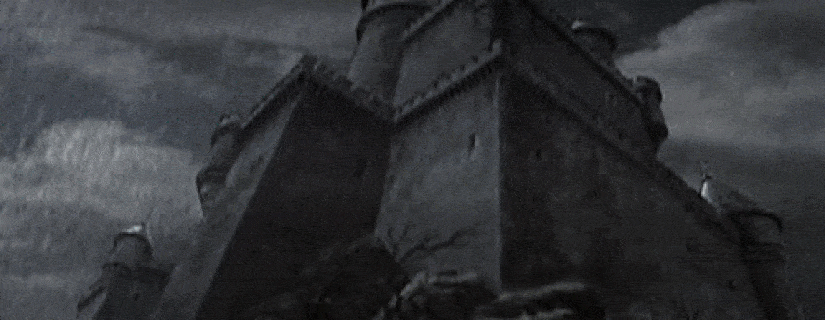
3. The Gothic horror
Gothic novels typically weave death, romance, paranormal horrors, and a lot of dark and foreboding castles. They have a highly specific audience, and one of the most important pieces in a content marketing strategy is identifying your niche.
Whenever creating a piece of content, whether it’s a social media video or a 2500-word article, you should always keep your intended audience front-of-mind. It’s easy to slip into writing for yourself, or for your boss. You need to focus on getting inside the mind of your customer, and telling them the story they need to hear in the way that they want to hear it. When in doubt, take a step back and revisit your business’ buyer personas.
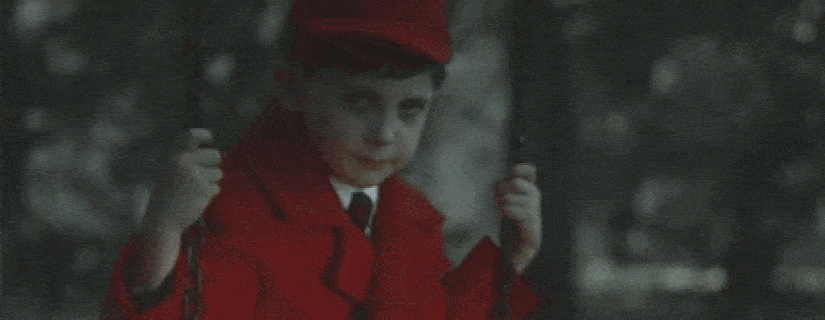
4. The demon
Unlike ghosts and goblins, demons are a specific type of creature that represents evil, impurity, or ideas which are contradictory to society. That’s why it’s usually a fairly big priority to get them exorcised ASAP.
While you should conjure demons sparingly, if at all, in your content, in some cases it can be appropriate for your brand’s story to take a specific stance on a social or political issue, to show thought leadership and solidarity with your target audience. The feeling of unity against a common concern can help build your brand’s community and loyalty.

5. The urban legend
Urban legends are woven into the fabric of our cultures and societies. Someone knows someone who knew someone who was there, it happened nearby, and usually it remains unsolved. Urban legends feel authentic and relatable, like they could happen to you and your friends.
Sound familiar? Influencer and micro-influencer marketing use the same principles! From paid social posts to guest blogs, partnerships with relevant influencers can help your storytelling really connect with your audience. Seeing a figure that they respect and view as a peer working with or using your brand shows them how it could fit into their own lives.
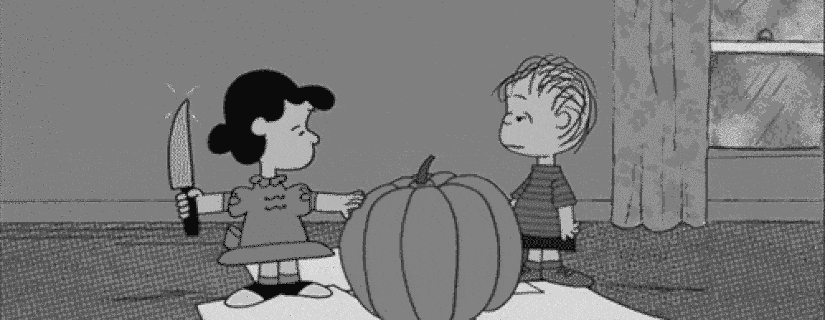
6. The gratuitous gore-fest
Although more common in film, there are books with plenty of gore-for-the-sake-of-gore. These play up senseless violence, and are technically not really true horror. That said, there’s still a lesson in their storytelling.
Gratuitous gore is about the worst possible outcome. Showing customers the bad things that can happen without your product or service can work to your advantage. Statistics and stories about worst-case scenarios can build up enough of the FUD to persuade a visitor to take action.

7. The cheesy horror
Two words: Bruce Campbell. Cheesy horror is alive (undead?) and thriving in fiction, too. These stories are usually written in the style of another sub-genre, but blend in humor to lighten the mood. From terrible one-liners to scenes that are so over-the-top you can’t help but laugh, campy horror fiction is accessible and fun.
Although not appropriate in every industry, humor in your storytelling can go a long way in making connections and establishing brand loyalty — especially with Millennials and marketing to Gen Z. You might look for subtle ways to make your brand storytelling more playful, such as custom illustrations instead of stock photos, or go all-out and build a campaign around a hilariously clever phrase.
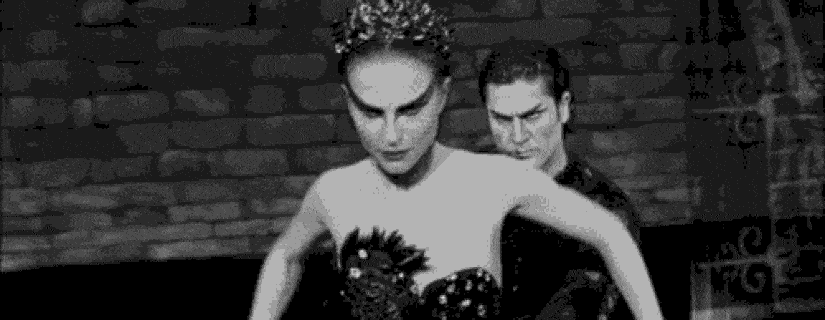
8. The psychological thriller
This sub-genre does exactly what it proclaims: it uses the psychology of fear to take readers on a harrowing journey that bridges mental, emotional, and physical terror. Not something you want to do to your audience! But as we learned at this years SXSW festival, smart marketers are already using psychology and neuroscience to ideate content.
A scientific understanding of the human brain can help you give it the user experience it craves. And a good user experience is much more likely to result in your desired outcome, whether it’s a click or a download or a sale. That’s why many industry leaders predict neuroscientists will be working alongside creatives in the near future. If you don’t have a neuroscientist in your pocket, spend some time doing online research on psychology in marketing.

9. The macabre
Listen to the classic Danse Macabre by French composer Camille Saint-Saëns, and you’ll be taken on a wild ride through the mythical and supernatural. Science is typically interwoven in these tales (think Frankenstein’s monster), and Death almost always makes an appearance — or a deal.
When presenting statistics and lists of facts or other ‘dry’ content, you can still look for ways to create a compelling voice through strong visuals, use cases, and examples that electrify the numbers and bring your story to life. BSTRO often works with startups and new businesses to establish a compelling brand personality! And don’t forget that you can always partner with Death — a powerful influencer — to lend a fresh voice through a guest blog.

10. The classic ghost story
Ghost stories are extremely transparent (pun intended). You want a ghost? You got a ghost, and this story is all about the how and why of that ghost. While specters are present in all kinds of horror and fantasy fiction, a true ghost story forces the characters, and the reader, to question what they think they know as they seek resolution on a haunting.
You content needs to clearly deliver on the how and why of a specific concern, while convincing the reader to believe and trust you. Just because someone has clicked to read your article, that doesn’t mean you’ve won them over. It’s up to you to shake them up, and to make them believe in your brand through helpful, engaging content.
We hope you’ve enjoyed our tips for improving your brand’s storytelling using lessons from horror fiction. If you’re feeling a little spooked about how to bring your own content back from the grave, we can help!
Book a free 15-minute marketing consultation
By Pam Berg, Content Marketing Specialist
